Every year, Oslo Innovation Week in Norway brings companies together to provide a platform to answer and discuss three big questions. This year, amidst a global pandemic, the three big questions were asked:
- What do we need to build a better world?
- How will the future of AI, robotics and space impact our lives?
- Where will the next pandemic vaccine be created?
Airthings for Business discussed the first question. The answer? To build a better world we need healthier, more sustainable buildings. This will allow everyone to breathe better.
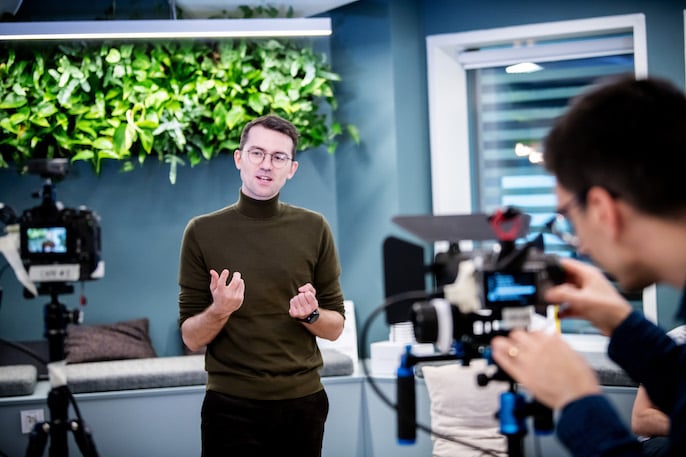
Photo: Gorm K. Gaare
We brought together three great minds from Airthings for Business to answer this question at Oslo Innovation Week. Keep reading to find out what they said, or skip ahead to the video and watch the full discussion now! 👀⬇️
Meet the hosts:
 Erlend Bolle.
Erlend Bolle.
CPO in Product Management.
“I’m a father of 2, I’m an outdoors person extremely passionate about the air I breathe and how it affects our lives.
 Per-Magne Helseth.
Per-Magne Helseth.
Product Manager for Airthings for Business.
“I am a father of 3, and I am passionate about the air that they breathe”.
 Martin McGloin.
Martin McGloin.
Product Manager for Airthings for Business.
“I am not a father (yet), but still learning unsettling hidden truths about how the air we breathe impacts our bodies and our brains.”

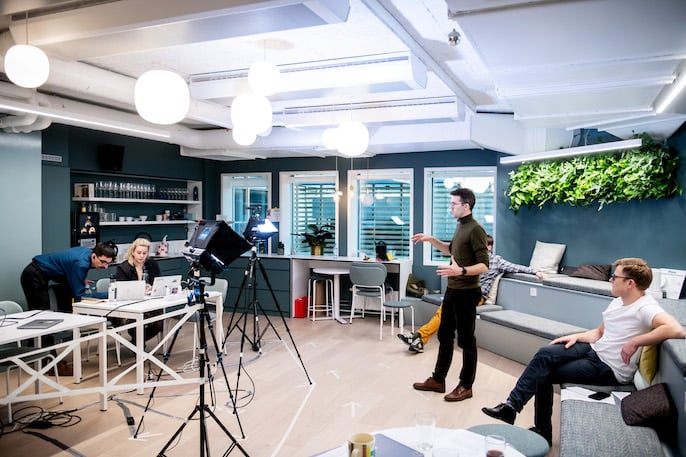 Photo: Gorm K. Gaare
Photo: Gorm K. Gaare
Is there something we can do to accelerate the transition to more sustainable buildings?
Increasing our understanding and awareness of the air we breathe, both indoors and outdoors, prompts a more sustainable and healthier future. In any talk about air we also need to talk about our buildings. We spend the majority of our time indoors and our buildings are the single largest user of energy. Much larger than the contribution of your car, or flight habits.
In fact, the buildings sector accounts for about 76% of electricity use and 40% of all U. S. primary energy use and associated greenhouse gas (GHG) emissions, according to one study1. The same issue is reflected in Europe, where the building sector is the single largest energy consumer in the EU, and 75% of the EU’s buildings are not energy efficient2.
“Buildings have become our mechanical lungs, and the largest contributor to energy usage and greenhouse gas emissions!”
-Per-Magne
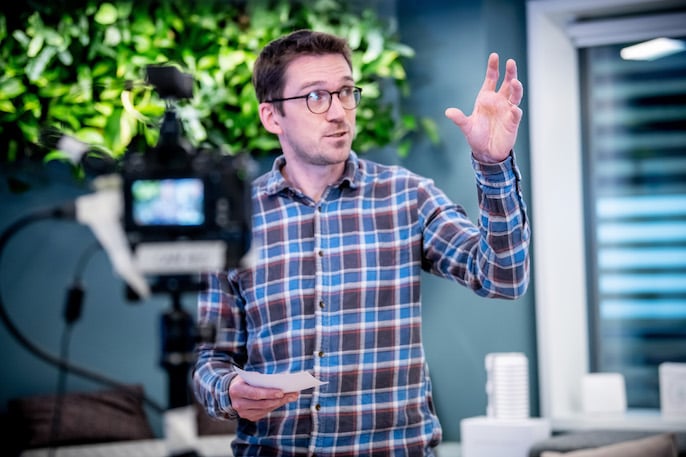 Photo: Gorm K. Gaare
Photo: Gorm K. Gaare
Global warming, a fact we cannot ignore
In the context of global warming, this unnecessarily high energy consumption rate of buildings becomes even more extreme. The ever increasing carbon dioxide levels in the atmosphere are not good for our planet, and it is unsettling to know that our buildings have such a big impact on global warming.
On top of global warming, the energy we consume is not only contributing to global warming, but this and many other factors are also polluting the air we breathe.
An indoor generation
The fact of the matter is, that modern life is predominantly spent indoors. There are two sources to the air we breathe indoors: inevitably outdoor air will come in, but the air is also affected by our choice of building materials, the furniture we bring inside and the air we breathe out.
The average person takes between 17,280 and 23,040 breaths a day3. “And our natural habitat, whether we like it or not, is within a building, this is where we live, learn and work - and where we take the majority of the 23k breaths a day - we have become dependent on our buildings”, says Martin McGloin. Thus, if we should concern ourselves with air quality, we need to focus on the place we breathe the most; indoors. 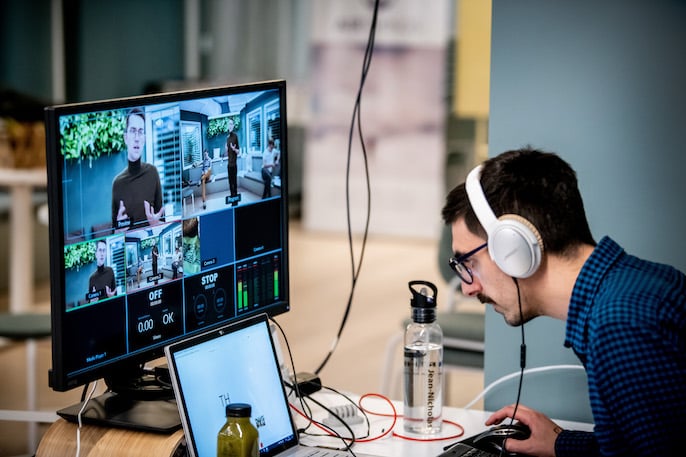 Photo: Gorm K. Gaare
Photo: Gorm K. Gaare
85% of our built environment is already complete, so what can we do?
Yes, you read that correctly. More than 85% of the building stock that will exist in the year 2050 is already built4. This means we cannot replace our way out of this problem, we have to work with what we have!
Creating sustainable buildings is necessary for a sustainable future. Watch the full presentation now⬇️
Sources:
1. https://www.energy.gov/sites/prod/files/2017/03/f34/qtr-2015-chapter5.pdf
2. https://ec.europa.eu/info/news/bso-tracking-energy-our-buildings-2020-apr-15_en
3./blog.epa.gov/2014/04/28/how-many-breaths-do-you-take-each-day
 Most popular
Most popular
 NEW
NEW




 Radon
Radon
 Radon
Radon


.webp)
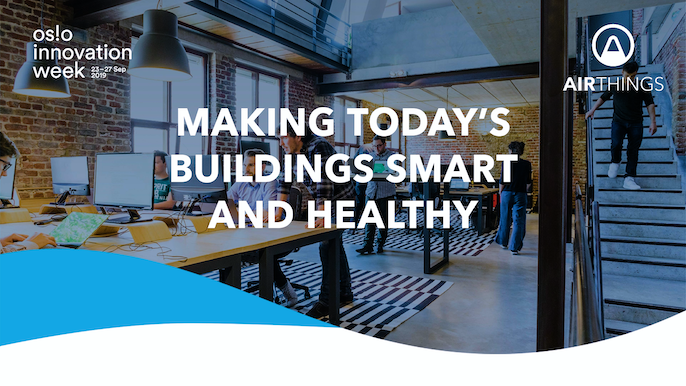

 Erlend Bolle.
Erlend Bolle.  Per-Magne Helseth.
Per-Magne Helseth.  Martin McGloin.
Martin McGloin. 


 Photo: Gorm K. Gaare
Photo: Gorm K. Gaare